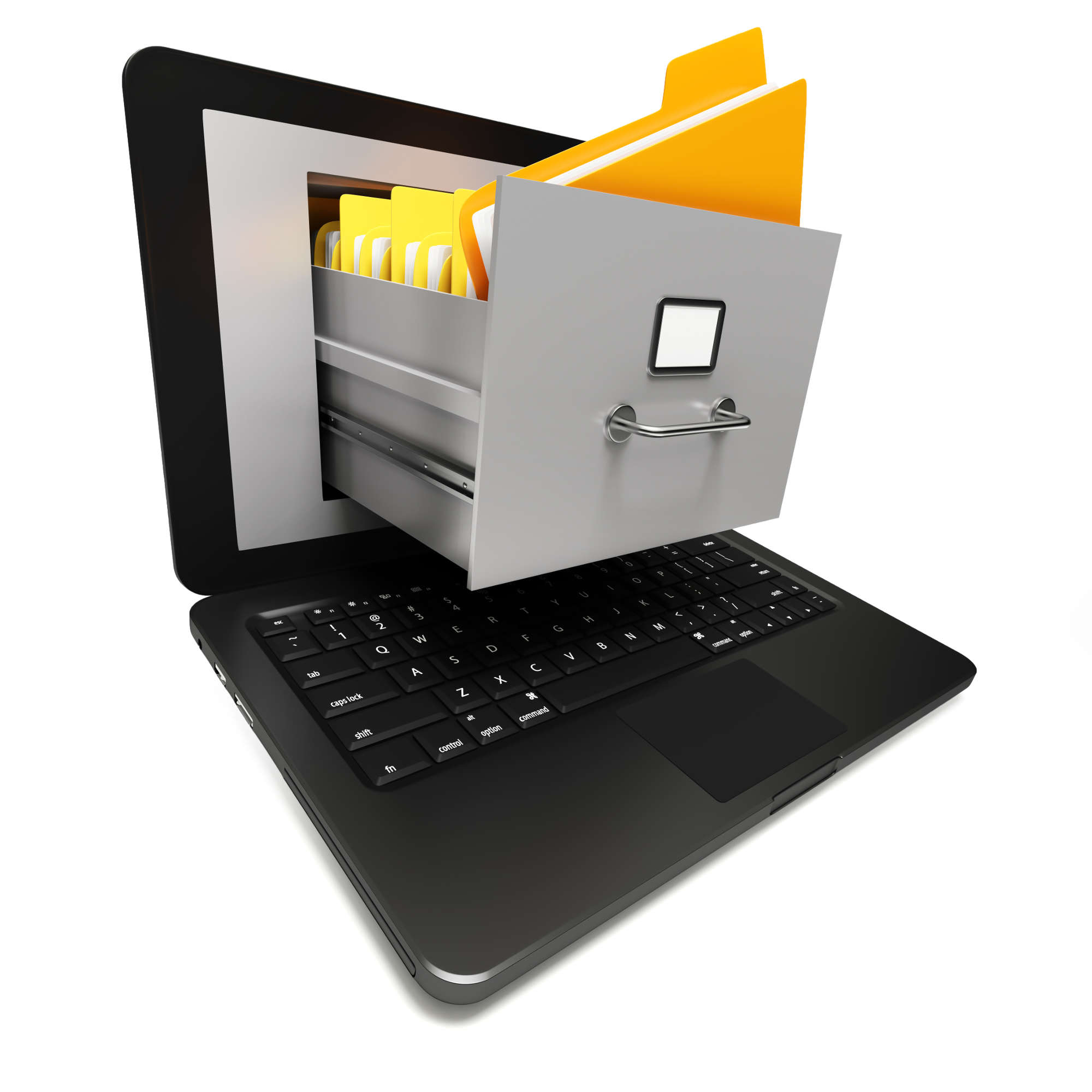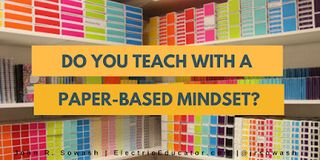Do You Teach With a Paper-Based Mindset?


Paper was invented around 100 BC in China.
Google Docs was developed in 2005 by Sam Schillace.
While Google Docs is designed to look like paper, It isn't an improved version of paper - it's something different entirely. The opportunity to collaborate in real-time through an interconnected, device flexible platform creates entirely new possibilities. For those of us in the classroom, these new tools offer new potential and un-explored opportunity.
So here is the big question: Are you approaching the tech in your classroom with a paper-based mindset?
Before we begin, I want to clearly say that I am NOT against the use of paper in school (being anti-paper is silly). There is nothing wrong with paper. It has a very important role in the classroom. If paper is the best tool for the job USE IT!
Technology like Google Drive, WeVideo, Pear Deck and Google Classroom are fundamentally different than "analog" tools. We must approach them with a new perspective.
Do you require students to work within "the box"?
Tech & Learning Newsletter
Tools and ideas to transform education. Sign up below.
There are many digital tools that “feel” like paper (i.e. Google Docs). There is no reason to limit yourself to an 8.5 x 11 inch rectangle. Would your next assignments work better as a Google Drawing, Presentation, website or video? A digital canvas is infinite and can grow and stretch as your ideas grow and take shape. You may feel more comfortable working with paper, but don't limit your students to the rectangle.How to break out of "the box" in your classroom:
- Use tools that don’t feel like paper (Video, Prezi, Google Drawing)
- Transform your paper worksheets using tools like Blendspace, EdPuzzle, or Quizlet
- If you use Google Docs, remember that you can change the size and color of your document to fit the project. There’s nothing special about 8.5 x 11.
- Are you over-emphasizing length, words, or pages to your students rather than focusing on the quality of the content?
- Stop using PDF files
- Ask students to include links, video, and images in their assignments.
- Allow students to use tools which support video, audio and images
- Encourage students to share their work with classmates, the school, and the world
- Encourage students to link to work from their classmates
- Build collaboration into your next assignment
- Encouraging peer review
- Ask questions for which there is more than one possible answer
- Address the difference between cheating and collaboration with your students
- Providing frequent, meaningful feedback
- Give students an opportunity to reflect on the improvements they have made
- Give students an opportunity to learn from one another.
- Assess for growth, not completion.
- Allow students to collaborate across class period.
- Look for cross-curricular opportunities
- Seek out opportunities to collaborate with experts outside of your school
- Select a single place where students submit work and receive feedback.
- Create a class website that you can easily update on a daily basis,
- Design a system to save new ideas and resources when you find them
- Link classroom resources so that they can be easily updated and adapted
- Have a plan for updating parents and students about changes to due dates and scheduling
There is absolutely nothing wrong with using paper in your classroom. But don’t restrain your use of technology to the limits of paper and pencil.
If this is something you have embraced in your classroom, I would love to hear about it! Leave me a reply and tell me how you have discarded the "paper based mindset."
cross posted at electriceducator.blogspot.com
John Sowash creates useful resources for educators on his blog, The Electric Educator. John is the author of The Chromebook Classroom and founder of the Google Certification Academy. You can connect with John on Twitter (@jrsowash) and Instagram.











